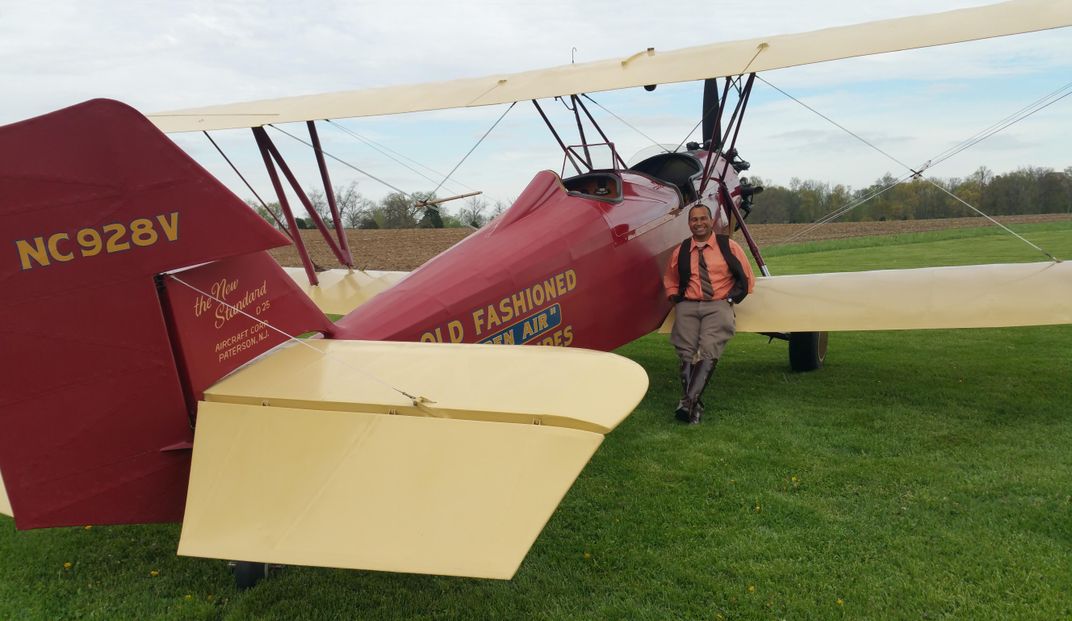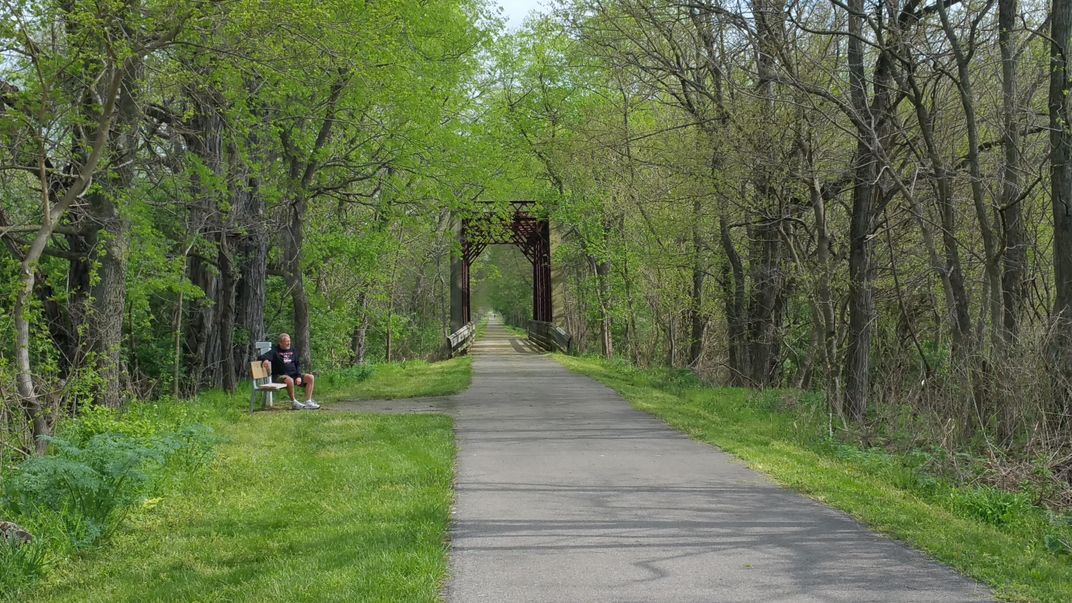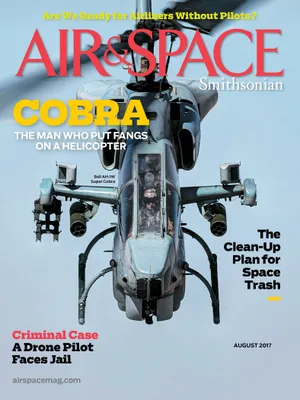A Bike Ride Through Wright Brothers Territory
Because it all started with a bicycle shop in Ohio.
/https://tf-cmsv2-smithsonianmag-media.s3.amazonaws.com/filer/8f/05/8f0589da-0bdb-45b2-9671-c9bf6cd87db0/14c_aug2017_wrightdunbarvisitorscenter_live.jpg)
They came up with some of their best ideas while cycling along Dayton’s back roads, Orville on his new Columbia “safety” bicycle (with two small wheels of equal size) and Wilbur on a more modest used model. Wilbur took leisurely bucolic rides, while Orville burned up the track, winning at least three races. It was spring 1892, and Dayton—and the Wrights—were in the midst of a bicycle craze. When the brothers looked for a second profession to supplement their printing business, they had good reason to choose bicycle repair and manufacture. The knowledge they gained in designing and repairing bicycles influenced their later aeronautical experiments, and they used the equipment in their bike repair shop to make glider and airplane parts.
One of the most famous bicycle manufacturers of the day was Dayton, Ohio’s George Huffman, who converted his sewing machine factory to bicycle production in 1892, founding what would later be known as Huffy Bikes. In the 1960s, Huffman’s grandson, Horace—who biked to the factory each day—started the Greater Dayton Bikeway Committee. The committee is responsible for most of Ohio’s 340 miles of bike paths; today, Ohio claims the nation’s largest network of paved trails. These trails, mapped and marked, connect more than a dozen of the state’s most notable aviation sites, separated by distances of four to 30 miles.
The National Park Service offers several bike-with-a-ranger programs, giving visitors the chance to spend a few hours with a knowledgeable guide exploring the sites in the Dayton area. For those who want more, it’s easy enough to pack a few essentials and travel place to place, overnighting along the way. And so I did: This past spring I spent a week visiting 13 sites related to the Wright brothers and Dayton’s aviation history.
Day 1
1 Aviation Trail Visitors Center
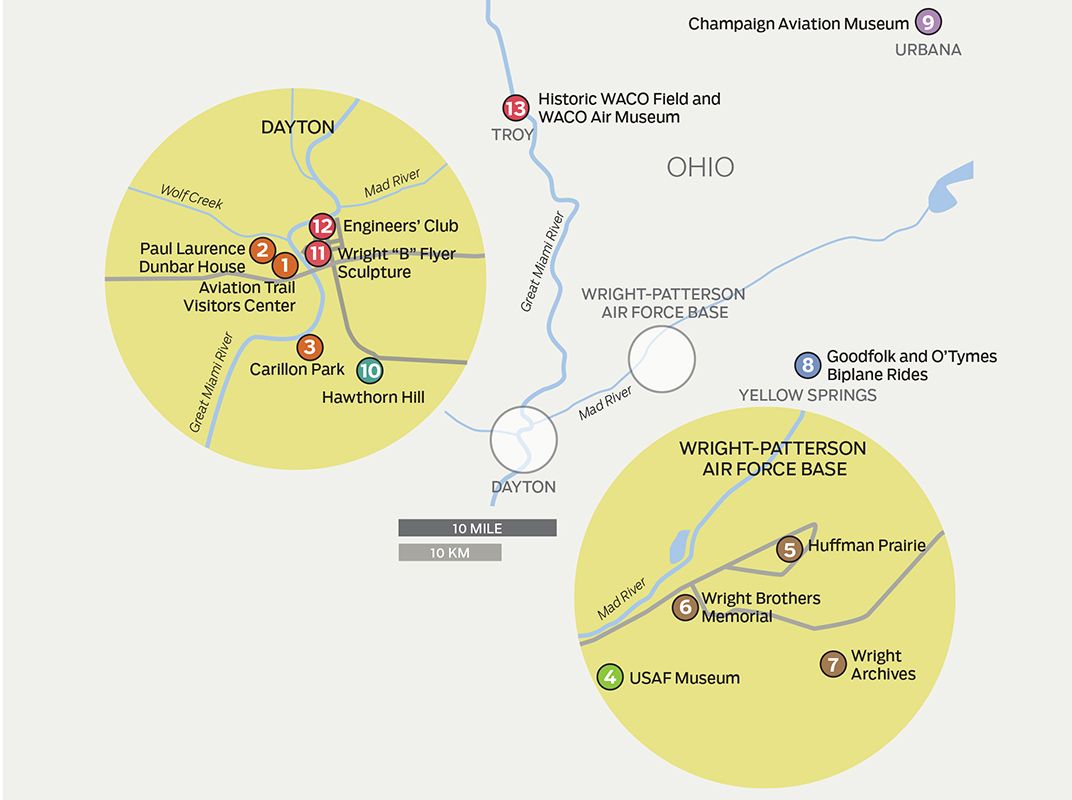
I started with the stop the rangers suggest should be number one. When the Wright brothers had their print shop here from 1890 to 1895, they churned out fliers, newsletters, and letterhead from the two-room suite overlooking the street. Locals bought their supplies from Hale’s Grocery, the store below. The building has been completely restored and now houses the Aviation Trail’s Visitors Center, along with the Wright Cycle Company, where you can see some of the bicycles the brothers made and maintained. A small exhibit details the evolution of the Wrights from local boys to the fathers of flight.
2 Paul Laurence Dunbar State Memorial
Just a half-mile away on city streets from the visitors center is the home of poet Paul Laurence Dunbar, a schoolmate of Orville’s and a customer of two Wright brothers businesses. The Wrights printed the Dayton Tattler, Dunbar’s newspaper for the African-American community. Later, they sold Dunbar a bike, which is on display in the poet’s restored home.
3 Carillon Historical Park
From the memorial, Ranger Ryan Qualls and I rode another four miles along the waterfront trails that feature stunning views of nature and, around a bend in the creek, the skyline of Dayton.
For the creation of this historical park, Orville helped restore an original Wright Flyer III, the very aircraft the brothers flew over Huffman Prairie Flying Field in 1905. (The park opened in 1950, two years after Orville’s death.) You can see the airplane today in Wright Hall.
Alex Heckman, director of education and museum operations, says that to understand the Wrights, you need to know something about the local inventors who were their contemporaries, so don’t skip the animatronic presentation introducing the accomplishments of Charles Kettering (he replaced the automobile hand-crank with the electric self-starter), Edward Andrew Deeds (an early partner of the Wright brothers), and John H. Patterson (founder of the National Cash Register Company), among others. You’ll see their names again on the trail.
By the time I returned to my Airbnb, I’d ridden 16 miles. Not bad for a first-day warm-up.
Day 2
4 National Museum of the United States Air Force
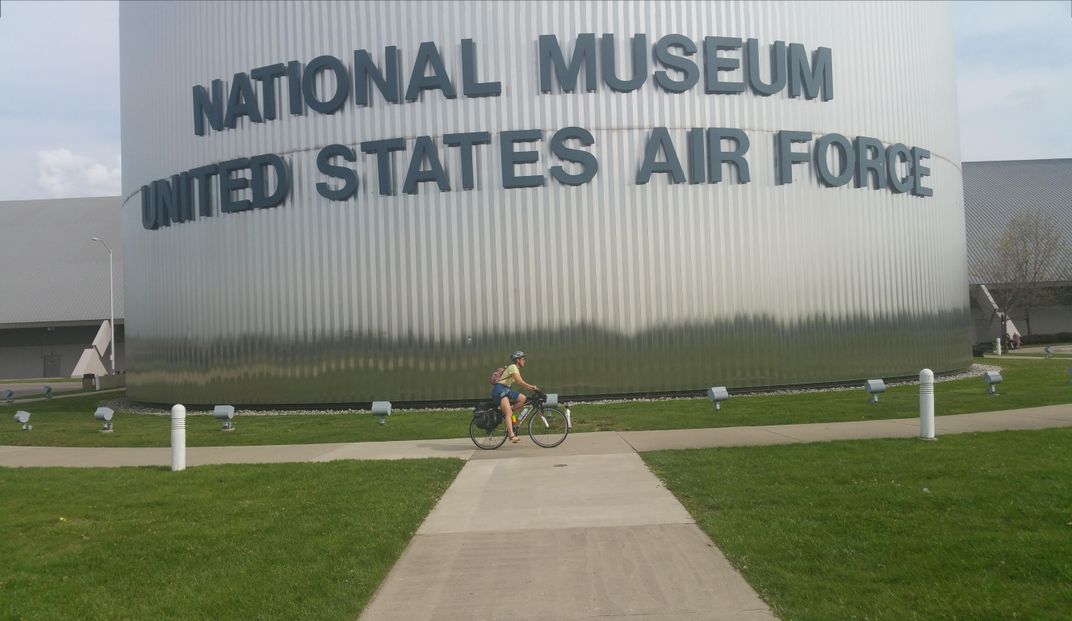
The museum at Wright-Patterson Air Force Base should have been a 10-mile ride on the Creekside and Mad River trails. But I had to detour around bridge construction, which added two miles. Thankfully, the museum is big enough that once you’re close, it’s hard to miss.
Among the more than 360 military craft on display in four hangars is a replica of the first one: the Wright Military Flyer, the original of which was purchased by the U.S. Army Signal Corps for $30,000 in 1909 (more than $740,000 in today’s dollars) and donated to the Smithsonian Institution in 1911. On one demonstration flight for the Army, Orville flew the aircraft five miles at an average speed of 42.5 mph. I rode a greater distance at a slower speed on the nearby Iron Horse Trail. Also on display at the museum is a Wright bicycle and items from the brothers’ print shop.
Day 3
5 Huffman Prairie Flying Field
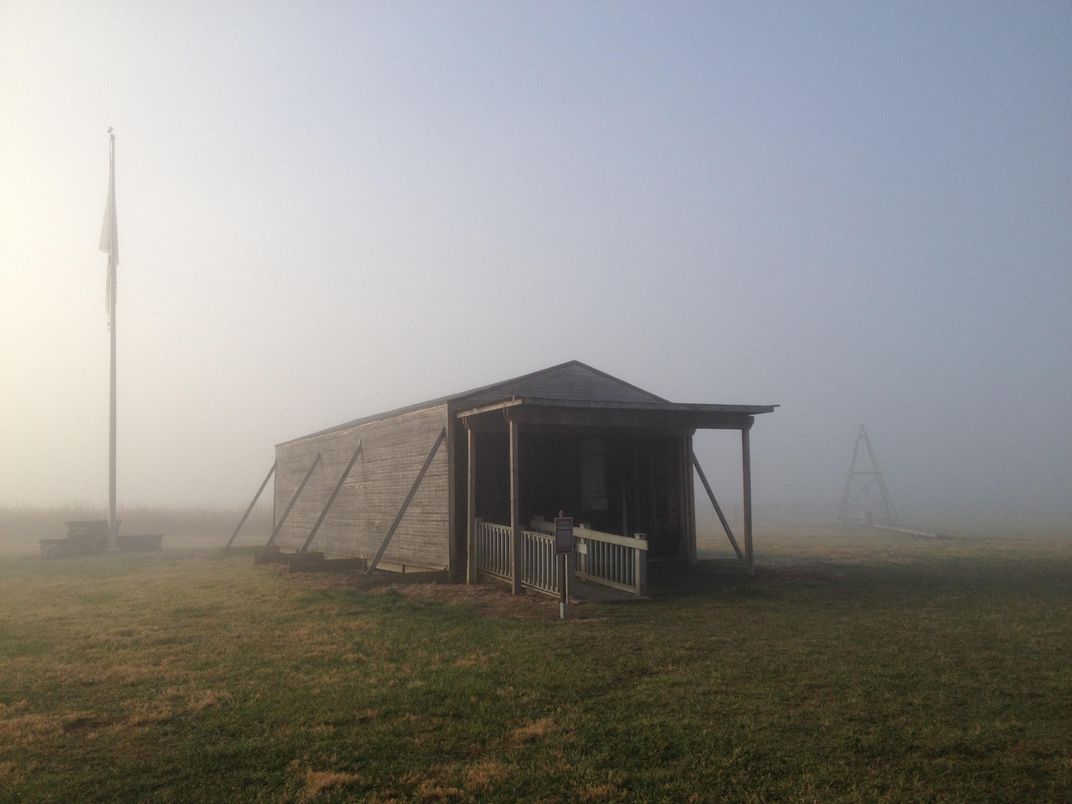
Day 3 found me back on the Iron Horse Trail heading to Wright-Patterson to visit the 84-acre Huffman Prairie Flying Field. At the last mile, the trail heads steeply uphill and offers a gorgeous view of Huffman Dam, followed by a fast descent to the base gate.
Waiting for me at the field were ranger Ryan Qualls and Steve Wright, an avid cyclist and great-grandson of Orville and Wilbur’s older brother Lorin. Together we pedaled along a tree-lined road for about a mile, stopping to look at the interurban electric rail line that provided Orville and Wilbur’s transportation to their flying field, a former cow pasture located on the southwest end of what is now base runway 23. You can stand inside a replica of the hangar where in 1904 and 1905 the Wrights fine-tuned their Wright Flyer. Through trial and error—and more than 150 flights—they learned how to pilot it. In 1910 the field became home to the brothers’ flying school, where they trained more than 100 exhibition pilots.
6 Wright Brothers Memorial
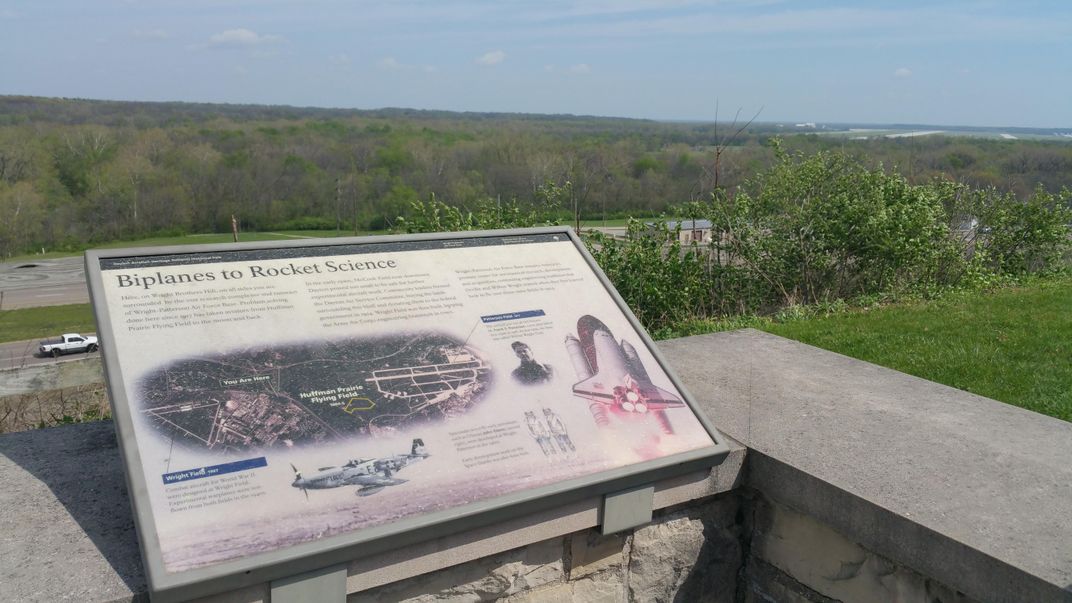
It’s a short but entirely uphill ride to the Park Service Interpretive Center and Wright Brothers Memorial, but well worth the exertion. An outdoor monument dedicated in 1940 (Orville attended the ceremony) sits halfway up a path to an overlook of the flying field and the Air Force base. Inlaid bronze plaques surrounding the memorial list the names of the 119 pilots taught to fly at Huffman Prairie. Inside the center you can catch your breath watching a well-made film about the Wrights that includes actual footage from their early flights.
7 Wright State University Archives
Steve and I headed to Wright State University, about four miles away. That brought our total for the day so far to about 20 miles, and lunch at The Hangar, the university cafeteria, was very much on my mind.
Dawne Dewey, head of special collections and archives, presides over the world’s most complete collection of material related to the inventors and their family. She has a contagious excitement for her work, tending material that documents both the public and private lives of the Wrights.
With a propeller from a 1905 Wright Flyer sitting on a shelf to her left, Dewey showed us a photo album from Kill Devil Camp from 1911 and the check for $2,268 used to purchase the brothers’ first car in 1912. Dewey read us a touching excerpt from Milton Wright’s journal, which he wrote upon learning of the death of his 45-year-old son Wilbur: Wilbur is dead and buried! We are all stricken. It does not seem possible that he is gone. Probably Orville and Katharine felt his loss the most. They say little.
I decided to do a little birdwatching at Huffman Prairie before riding back to Beavercreek, but within 30 minutes the heavens opened. I took shelter in the Wright brothers’ hangar, but with closing time fast approaching I headed out into the downpour and rode several miserable miles before the rain stopped. After 36.5 miles, I rewarded myself with a long hot shower and a good night’s sleep.
Day 4
8 Yellow Springs
Yellow Springs is the first navigational waypoint for the delivery of commercial freight by air: In November 1910, a businessman arranged for Wright pilot Philip Parmalee to deliver two bolts of silk (strapped into the passenger seat of a Wright Flyer) to Columbus for a store opening. Parmalee departed Huffman Prairie with the instruction to fly “directly east until passing Yellow Springs.”
Today, visitors can take a barnstorming flight at Goodfolk and O’Tymes Biplane Rides, where NetJets pilot Dewey Davenport spends his days off flying visitors over the Ohio countryside in his 1930 D-25 New Standard biplane.
It was windy and my teeth were chattering as we skimmed over the same Ohio landscape the Wright brothers looked down on. For the third time in as many days, I got a look at Huffman Field, this time from 800 feet above, and I thought, “I’m as close to the Wright brothers as I’ll ever be.” Flights cost between $110 and $400, depending on the number of passengers and the length of the flight.
Day 5
9 The Champaign Aviation Museum
Without a doubt, the 25-mile ride from Yellow Springs to Urbana was the least pleasant of my trip. Not because of the route—both Little Miami Scenic and Simon Kenton trails boast a profusion of wildflowers and lovely rural views—but due to the overcast day and an unrelenting headwind. I warmed up with a mug of coffee and a slice of homemade peach pie at the Grimes Field Airport café.
The Grimes Field Airport museum has an unusual mission: to build a flyable B-17 as a tribute to World War II veterans. The project engages volunteers from around the region as well as vocational education students, and was the idea of the late Jerry Shiffer, a general aviation pilot and local businessman. Today, the B-17 project is managed by Shiffer’s son Dave.
Ten miles back in the direction of Yellow Springs is a lovingly restored home from the 1800s, the Simon Kenton Inn. After four days biking, the modern whirlpool tub was appreciated. Full disclosure: Dave Shiffer put my bike in the back of his pickup truck and drove me there. Don’t judge me.
Day 6
10 Hawthorn Hill
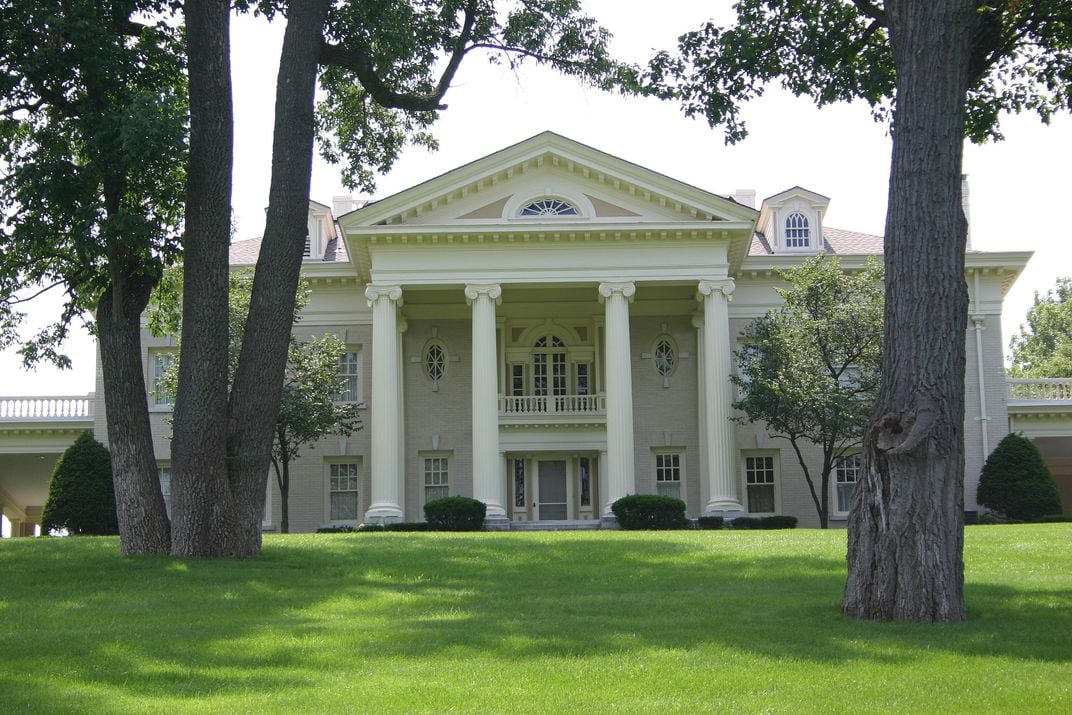
From 1914 until his death, Orville Wright lived in a stately mansion at the top of a hill in the posh community of Oakwood. He designed the plumbing, heating, and electrical systems himself, and even planned how the living room carpet should fit around the fireplace.
Orville died in 1948, and the house was purchased by NCR Corporation, which deeded it to the Wright Family Foundation in 2006. It is open to the public on Wednesdays and Saturdays through the Carillon Historic Park.
Day 7
11 Wright Flyer Sculpture
At the last minute Steve Wright decided to come along on the 25-mile ride from Dayton to Troy, and I’m glad he did. Had he not, I would not have pulled off the Miami River Recreational Trail at E. Monument Avenue where, between Jefferson and St. Clair, a sculpture of the 1905 Wright Flyer dominates the plaza. Wilbur is at the controls and Orville is standing below. The sculpture was installed in 2001, and it sits next to the club where Dayton’s most creative engineering minds gathered.
12 Engineers’ Club of Dayton
The Engineers’ Club is about as impressive as you would expect from a group of turn-of-the-century captains of industry. Orville Wright was a founding member of the club, and was president when the new Georgian-style building opened its doors. Architects Schenck & Williams also designed Hawthorn Hill.
Orville’s Pilot’s License No. 1 and the 1904 Wright Engine No. 3 are on display, along with the creations of other notable engineers.
Steve, who is a member of the club, pointed out the room with the very best view: the club barber shop. According to club history, Orville would frequently take a seat on the Loggia balcony overlooking the river and an airfield just beyond it, “observing the progress of aviation” while getting a haircut.
We hadn’t gone very far—just four miles with 21.5 more to go—so we climbed back on our bikes and headed north.
13 Historic WACO Field and Air Museum
We arrived at the site of the Weaver Aircraft Company of Ohio, later known as WACO, which began producing open-cockpit biplanes in the 1920s. It was soon the country’s largest producer of civil aircraft. In time for World War II, the company created a troop-carrying glider, the WACO CG-4A, about which General William Westmoreland later wrote, “Never before in history had any nation produced aviators whose duty it was deliberately to crash land, and then go on to fight as combat infantrymen.”
WACO failed after the war, but its biplanes remained popular; in the 1980s, Michigan-based WACO Classic Aircraft Corporation resurrected the line, using original type certificates and modern avionics. The museum displays a number of historic WACOs.
**********
My bike ride along the path of aviation history taught me a lot about the inventors and their machines. But the trip wasn’t entirely retrospective: A mile from the shop where I would return my bike, I came across two young men in the park. They were drone pilots practicing for their next race using technology unimaginable by the Wright brothers, and so I noted another forward step on the ever-evolving aviation trail.
If You Go:
Closest Airport: Dayton International Airport is 12 miles from the Dayton Aviation Heritage National Historical Park.
Plan Your Trip: Dayton Aviation Heritage National Historical Park is open from March through October, with limited days and times during the winter. On its website, you’ll find a list of nearby hotels and restaurants.
